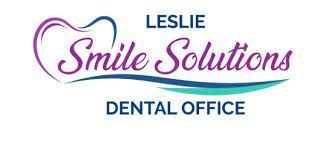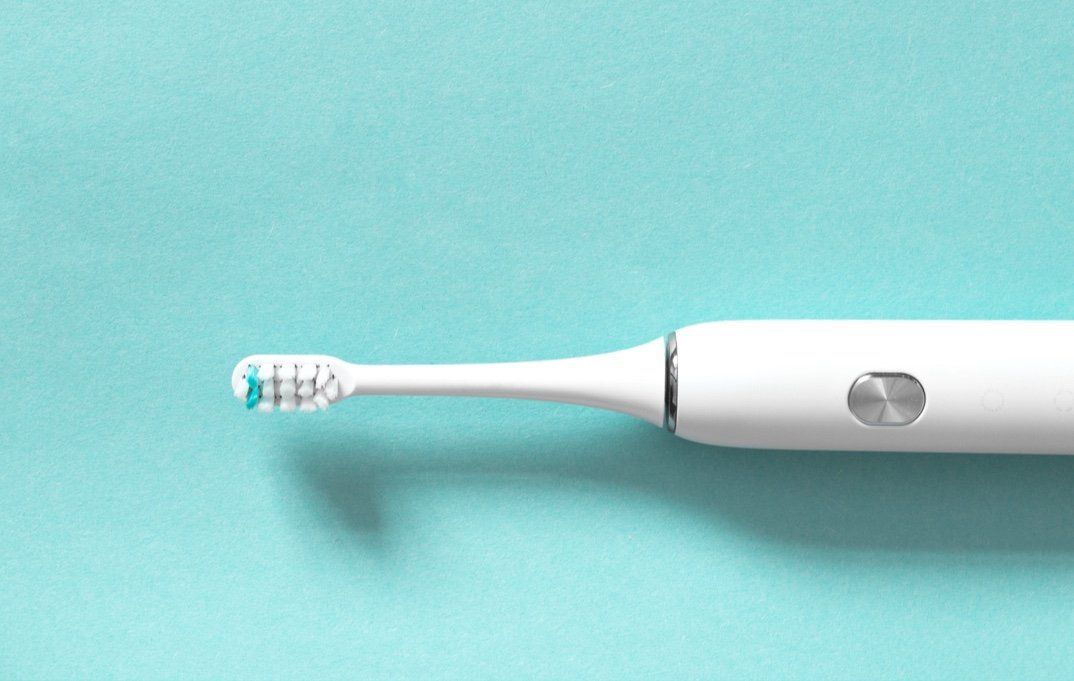When to replace your toothbrush?
Keeping your toothbrush in good condition is crucial for maintaining proper oral hygiene. But how often should you actually replace it? In this blog post, we’ll explore the signs that indicate it’s time to get a new toothbrush and share expert tips to ensure your oral care routine remains effective.
1. Why Replacing Your Toothbrush is Important
• Prevents Bacterial Growth: Over time, toothbrushes can harbor harmful bacteria, which can lead to oral health issues.
• Maintains Brushing Effectiveness: Worn-out bristles are less effective at removing plaque and debris from your teeth.
2. Signs It’s Time to Replace Your Toothbrush
• Frayed Bristles: If the bristles are bent, frayed, or matted, it’s a clear sign that your toothbrush needs to be replaced.
• Discoloration: Bristles that are discolored or look worn out indicate that the toothbrush is past its prime.
• Unpleasant Odor: A bad smell coming from your toothbrush suggests the presence of bacteria and the need for a new one.
3. How Often Should You Replace Your Toothbrush?
• General Recommendation: Dentists recommend replacing your toothbrush every three to four months.
• After Illness: If you’ve been sick, it’s a good idea to replace your toothbrush to prevent reinfection.
• For Children: Children’s toothbrushes often need replacing more frequently due to wear and tear.
4. Choosing the Right Toothbrush
• Soft Bristles: Soft-bristled toothbrushes are gentle on your gums and effective at cleaning your teeth.
• Electric vs. Manual: Electric toothbrushes can be more effective at reducing plaque and gingivitis compared to manual ones.
Replacing your toothbrush regularly is a simple yet essential step in maintaining good oral hygiene. By keeping an eye out for signs of wear and following the recommended replacement schedule, you can ensure your teeth and gums stay healthy. For more personalized advice, book an appointment with our dental experts today!
How often should I replace my toothbrush?
Dentists recommend replacing your toothbrush every three to four months, or sooner if the bristles are frayed or you’ve been sick.
Can I use a toothbrush cover?
While a toothbrush cover can protect your toothbrush, it can also create a moist environment that encourages bacterial growth. It’s better to store your toothbrush in an upright position to air dry.
Is an electric toothbrush better than a manual one?
Electric toothbrushes can be more effective at reducing plaque and gingivitis compared to manual toothbrushes. However, both can be effective if used correctly.


